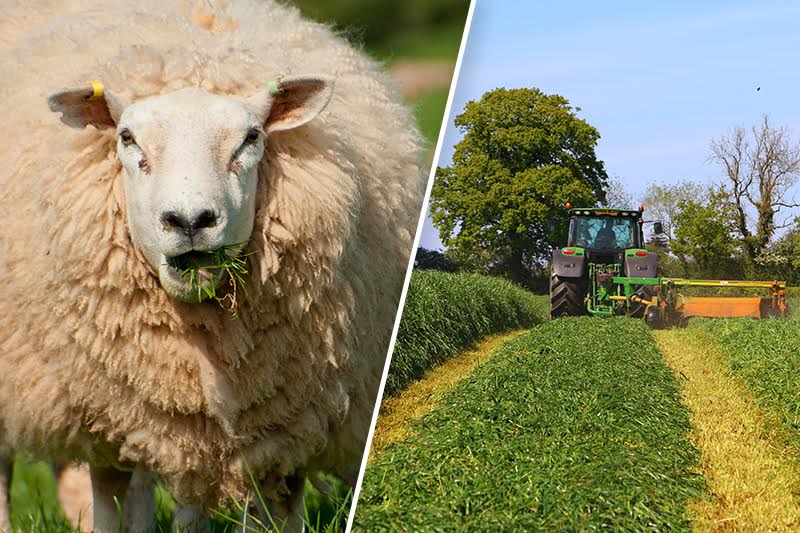

The length of time from the beginning of development to the death of a plant is called its life span. The life cycle, on the other hand, is the sequence of stages a plant goes through from seed germination to seed production of the mature plant.
Annuals – (e.g. Vetch) these plants complete their life cycle within a single growing season. Their leaves, flowers, stems and roots die off within a year leaving only dormant seeds in the soil. These dormant seeds cope well with adverse environmental conditions - a crucial characteristic of their life cycle as it allows new plants to germinate in subsequent years.
Biennials- (e.g. Sweet clover) biennial crops have a life cycle that spans 2 years. Their flowers and seeds are produced in the second year before the plant dies off completely. The term biennial is often confused with the very similar “biannual”, which has a different meaning. Biannual means that something occurs twice a year – so it’s important to not mix them up!
Perennials - (e.g. Ribgrass) these plants have roots that survive for more than 2 years and will usually flower year after year until finally reaching maturity and dying off. This varies between species but usually their lifecycles are completed within 3- 5 years.
Diploid or Tetraploid?
The ‘ploidy’ of a plant can also be an indicator to it’s lifespan. In agricultural plants we usually refer to ‘Diploids’ or ‘Tetraploids’ (also abbreviated to ‘tet’ or ‘dip’ varieties). It’s all about genetics, and diploid varieties have 2 sets of chromosomes whereas tetraploids have 4.
Generally, grazing mixtures have a higher percentage of diploid varieties as they are more resistant to damage by grazing and have a higher dry-matter content then tetraploid species. They are generally distinguished by being less leafy, less upright and usually persist for a longer period of time.
Tetraploid species on the other hand, tend to be less persistent but are more palatable to animals which improves intake and increases production. They are usually more aggressive, bigger and bolder plants with a shorter lifespan than their diploid equivalents and tend to be used more for cutting, so hay and silage mixes often utilise more of the tetraploid varieties.
Diverse mixtures, such as our Herbal Leys, have a selection of both diploid and tetraploid varieties so the benefits of both can be harnessed for multiple applications and growing conditions.
In our mixes, if a species is not defined as a tetraploid or ‘tet’ in the description, then you can assume it is a diploid variety.
Date Posted: 3rd July 2019



